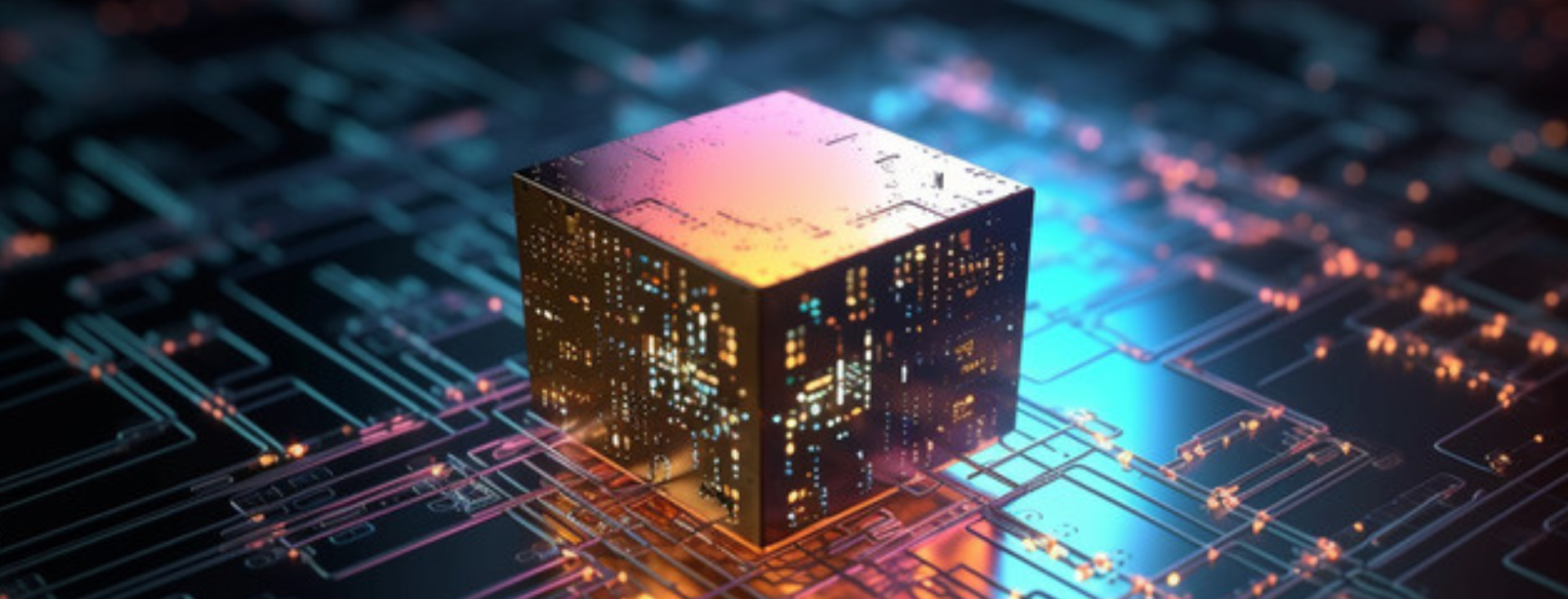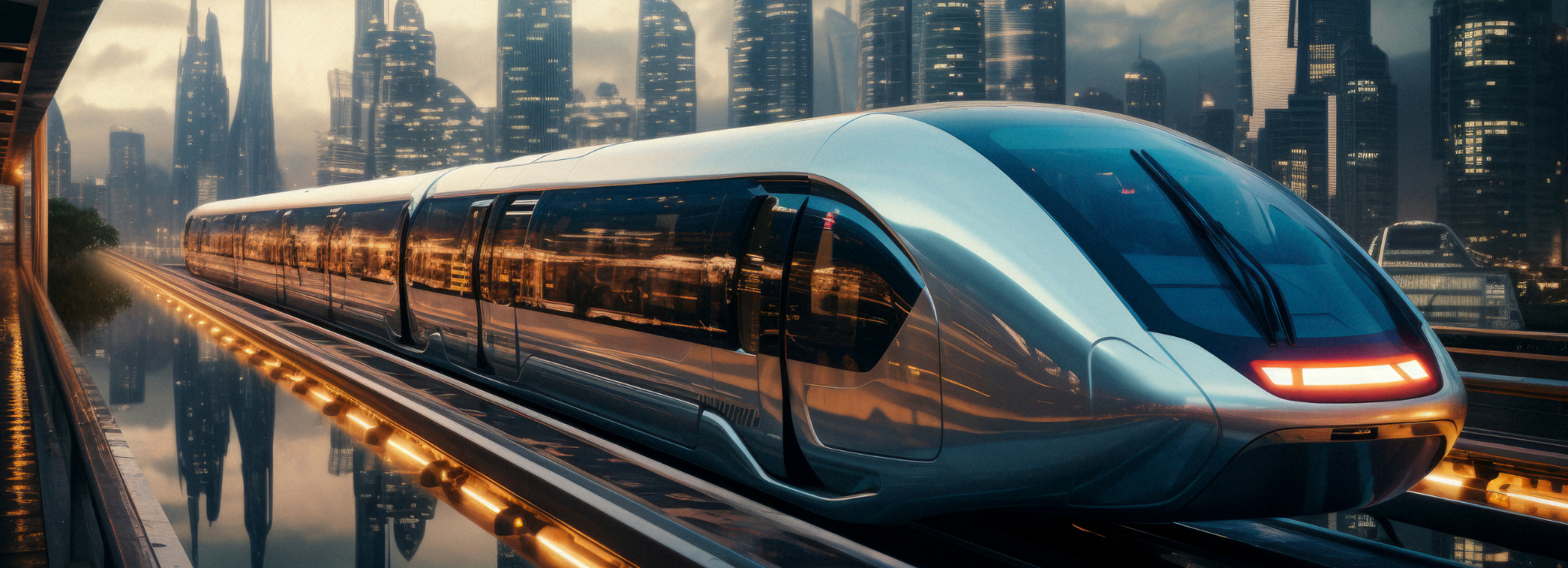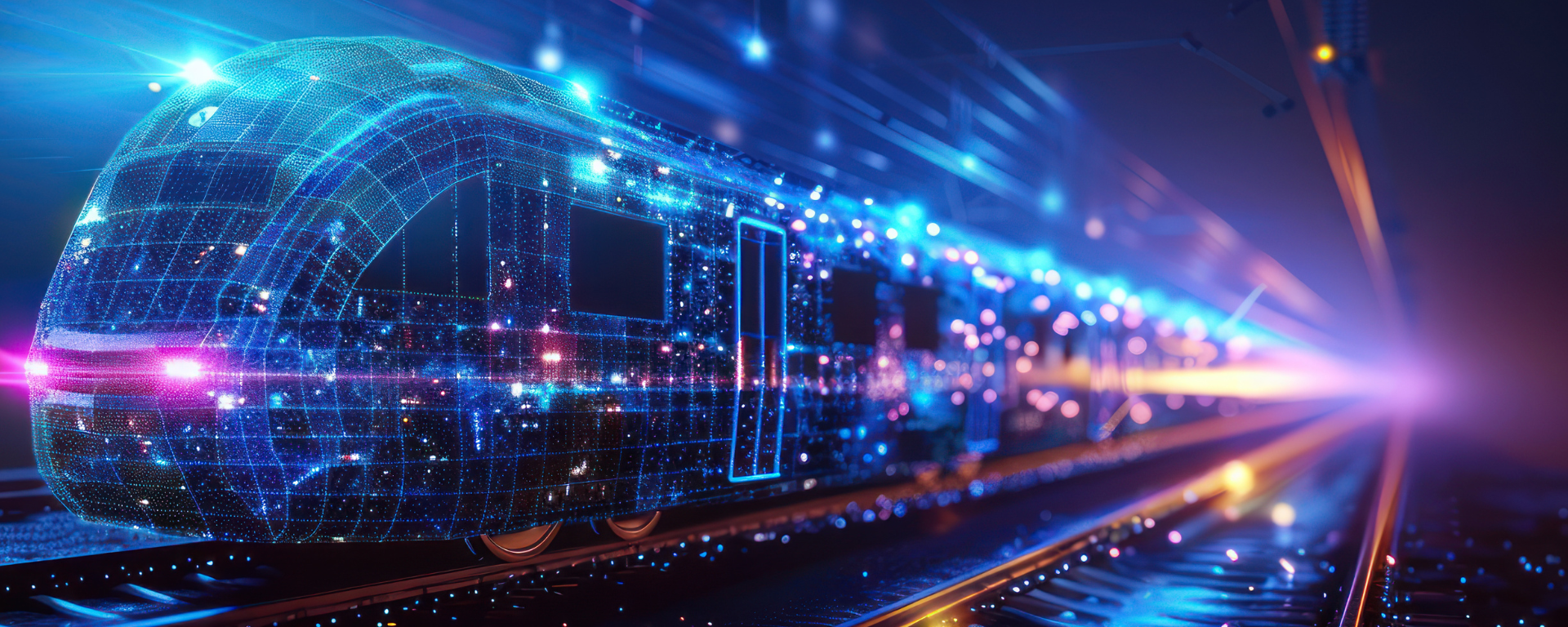Train travel has become more popular in recent years, shifting from a basic way to get around to an essential part of the travel experience. With the rise of « slow tourism, » where the journey is as meaningful as the destination, trains let travelers relax and enjoy scenic views. Trains are also among the least polluting forms of transportation, offering a greener choice as the world focuses on cutting carbon emissions. In 2023, the global rail industry was worth $296.88 billion and is expected to grow to $436.35 billion by 2030, with an annual growth rate of 5.6%. This rise is driven by major investments in passenger and freight services, especially in fast-growing regions like Asia-Pacific. Recently, China unveiled their CR450 train prototype, which reached an impressive test speed of 450 km/h, with plans to operate at 400 km/h, potentially making them the fastest trains in the world. As new technologies emerge, rail travel will continue to improve, making it even more appealing and efficient, cementing their role in a sustainable future.
Here are the key trends to watch for 2025
1. Artificial intelligence
Artificial intelligence (AI) is revolutionizing rail travel by prioritizing accessibility, comfort, and personalization, transforming the passenger experience. These advancements go beyond operational improvements, focusing on making every journey seamless and tailored to individual needs.

Firstly, AI’s impact on accessibility is one of its most significant contributions. For instance, systems like DIVA (Distributed Intelligent Video Analytics) identify wheelchair users at stations, and guide them to accessible boarding areas. In addition, AI adjusts train door-closing times, providing extra moments for smooth and safe boarding. These thoughtful innovations ensure a more inclusive, welcoming environment for all passengers.
AI also plays a crucial role in enhancing safety by detecting forgotten luggage and displaying alerts on platform screens. This allows passengers to quickly retrieve their belongings and avoid unnecessary disruptions, ensuring a smoother, more convenient journey.
Moreover, it helps optimize schedules and prevent overcrowding by analyzing real-time passenger movement and train occupancy. Onboard, it customizes announcements and ads based on the time of day and passenger demographics, making the experience more engaging and relevant for each individual.
Transforming the passenger experience
To further enhance the passenger experience, AI-powered virtual assistants and chatbots streamline communication by providing real-time updates on schedules, delays, and connections. They also assist with ticket changes and answer passengers’ questions. For example, Deutsche Bahn in Germany uses SEMMI, an AI assistant, to deliver live travel updates and personalized customer support, showcasing how AI can make communication seamless and intuitive.
AI is transforming rail travel into a more connected and personalized experience. It improves traffic flow, simplifies boarding, and enhances safety. Chatbots and virtual assistants further streamline the journey by providing real-time updates, assisting with tickets, and answering questions. By focusing on passenger needs, AI creates smoother, stress-free journeys and sets a new standard for public transport.
Additionally, AI is improving train efficiency by optimizing energy usage, simplifying maintenance processes, and enhancing passenger comfort. As the Internet of Things (IoT) continues to advance, new opportunities are emerging, with better connectivity and real-time insights making the rail experience smarter and more seamless.
2. Internet of Things
The Internet of Things (IoT) is rapidly transforming industries, with the number of connected devices set to soar from 15 billion to 25 billion by 2030. In the rail sector, IoT is revolutionizing the travel experience, making journeys smoother, safer, and more enjoyable. By optimizing operations, it boosts train safety, efficiency, and passenger satisfaction.

Real-time updates on train schedules, delays, and platform changes are delivered through IoT-enabled sensors, keeping passengers informed and in control. Accessible via captive platforms or mobile apps, this seamless flow of information helps passengers plan their trips effortlessly. IoT elevates onboard comfort by monitoring occupancy in areas like the bar or restrooms, offering passengers instant insights into which spaces are less crowded. This ensures quicker access to a comfortable spot, reducing congestion and enhancing convenience. Additionally, IoT systems monitor facilities like restrooms, sending maintenance alerts to the crew whenever attention is needed.
Passenger comfort is further enhanced as IoT adjusts temperature and humidity to suit individual preferences, ensuring an ideal climate throughout the journey. Smart lighting adapts to external conditions and personal needs, crafting a dynamic ambiance that evolves in real time. Seat availability is also streamlined, with notifications alerting passengers when a seat becomes free, helping them avoid crowded areas and find a space with ease. For those with luggage, IoT provides real-time tracking, alerting passengers when their bags are loaded, moved, or ready for pickup, relieving the stress of luggage management. By seamlessly integrating these innovations, IoT refines every aspect of travel, prioritizing safety, accessibility, and operational efficiency. The result is a journey that’s not only more comfortable and secure but also more enjoyable for every passenger
Looking ahead, the next step for the rail industry is the introduction of autonomous trains. These innovations promise to further elevate both safety and efficiency, offering passengers even smoother, safer, and more reliable journeys.
3. Autonomous trains
Autonomous trains are set to revolutionize the passenger experience, introducing unparalleled safety, comfort, and efficiency to rail travel. Expected to start as early as 2025, these trains will completely transform the way we travel. With cutting-edge systems developed by leaders like Thales and SBB CFF FFS project in Switzerland, autonomous trains are designed to deliver smooth, safe, and seamless journeys.
 Equipped with advanced sensors, these trains will ensure heightened security by detecting potential collisions, monitoring speed, and analyzing the surroundings in real time. This translates into fewer delays and a more fluid ride. Communication technologies such as 5G and Ultra Wide Band (UWB), successfully tested in New York’s subway system, will enable seamless interaction between trains and control centers, ensuring precise coordination and minimizing disruptions.
Equipped with advanced sensors, these trains will ensure heightened security by detecting potential collisions, monitoring speed, and analyzing the surroundings in real time. This translates into fewer delays and a more fluid ride. Communication technologies such as 5G and Ultra Wide Band (UWB), successfully tested in New York’s subway system, will enable seamless interaction between trains and control centers, ensuring precise coordination and minimizing disruptions.
For passengers, this means a more reliable, efficient, and safe service, supported by radar and satellite systems that reduce human error and keep trains on course. Autonomous technology is also driving maintenance innovation. Solutions like DrainBot are reducing costs and environmental impact, ensuring that the rail network remains safer and more sustainable.
While autonomous trains are revolutionizing rail safety and passenger experience, the roll-out of 5G will further enhance these innovations, boosting connectivity and optimizing operations across the entire rail network
4. Train connectivity and 5G
78% of rail passengers consider Wi-Fi availability crucial
Reliable connectivity has become a top priority for train passengers, with many now expecting fast and uninterrupted service. However, despite advancements in technology, a large number of travelers still find the current connectivity lacking. The arrival of 5G promises to solve many of these issues, offering smoother, more reliable connections. However, fully rolling out this technology across Europe comes with a hefty price tag, estimated between $28.14 billion and $84.42 billion. Programs like the Connecting Europe Facility (CEF) play a crucial role in supporting these efforts.

European countries are making impressive strides in delivering seamless connectivity for trains. In Germany, the GINT project is testing 5G speeds of up to 1 Gbps, with thousands of new antennas being installed. Switzerland has successfully achieved 5G tests at 1.2 Gbps, significantly improving reliability for passengers. In Spain, ADIF is partnering with Ericsson to roll out 5G on high-speed rail lines, supporting both logistics and autonomous train technology. Meanwhile, France’s MORANE 2 project, running from 2024 to 2027, focuses on validating network compatibility and performance.
In addition to 5G, Low Earth Orbit (LEO) satellite systems, like Starlink, are emerging as a real game-changer for train connectivity. By using satellites closer to Earth, LEO networks can deliver fast, low-latency internet even in remote or rural areas where traditional connectivity solutions might struggle. This is especially valuable for trains traveling through underserved regions, providing a new way to keep passengers engaged throughout their journey.
Moment is a key player in onboard infotainment services
Moment transforms the passenger experience by providing innovative infotainment platforms and services tailored to the railway industry. With effortless access to a wide array of content—including movies, music, news, podcasts, services and essential journey information—travelers enjoy a seamless and engaging experience throughout their journey.
Leading rail operators such as SNCF, OUIGO, Intercité, and TGV Lyria rely on Moment’s expertise to redefine onboard digital experiences. By integrating cutting-edge technology, entertainment, and convenience, Moment delivers truly unforgettable journeys for modern travelers.
For more insights, check out our latest infotainment and onboard services report here!




